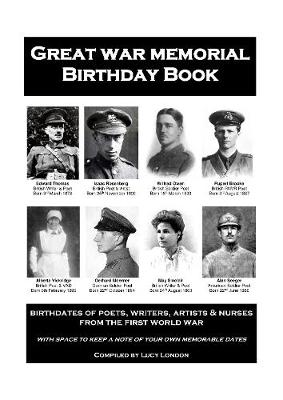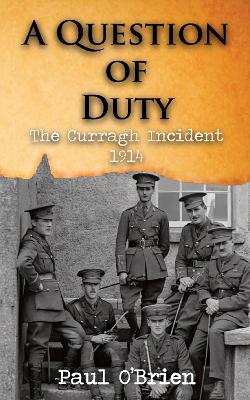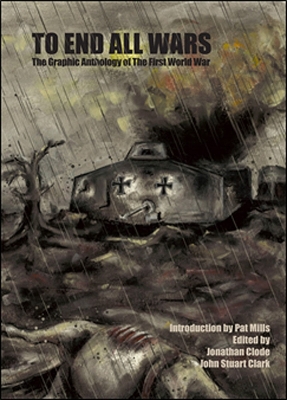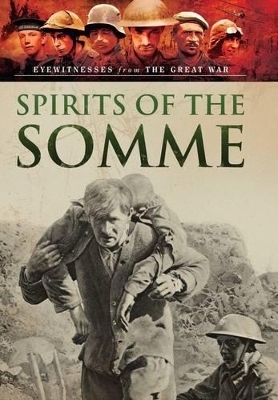The History of the Canterbury Mounted Rifles 1914-1919
by Colonel C Powles
The Russian Expeditions, 1917-1920
by Daniel P Curzon, United States Army, and John M. House
The 4th Marine Brigade at Belleau Wood and Soissons
by J Michael Miller
The battles of Belleau Wood and Soissons in June and July of 1918 marked a turning point in World War I and in the stature of the US Marine Corps, whose fighting proved so critical in repelling the Germans that the French would later rename Belleau 'Bois de la Brigade de Marine.' In this book J. Michael Miller, a historian of the Marine Corps and veteran chronicler of battle, takes us to the battlefields of Belleau Wood and Soissons, immersing us in the experience of a single brigade of marines...
The Royal Navy had ruled the sea unchallenged for 100 years since Nelson triumphed at Trafalgar. Yet when the Grand Fleet faced the German High Seas Fleet across the grey waters of the North Sea near Jutland the British battleships and cruisers were battered into a draw, losing far more men and ships than the enemy. The Grand Fleet far outnumbered and outgunned the German fleet so something clearly had gone wrong. The public waited for the official histories of the battle to be released to learn...
University of Toronto Monthly (Volume 13)
by University Of Toronto Association
Raymond Lodge's death from shell shrapnel in 1915 was unremarkable in a war where many young men would die, but his father's response to his untimely death was. Sir Oliver Lodge, physicist, scientist, part inventor of the wireless telegraph and the spark plug, could not let go of Raymond and went on a controversial and bizarre journey into the realm of life after death. Following Sir Oliver's journey, Dear Raymond, explores the untapped topic of spirituality pre- and post-war, the influence that...
The War at Home: Volume IV
by John Connor, Peter Stanley, Peter G. Yule, and Jeffrey Grey
The War at Home interprets the experience of the Australian people during the Great War in Australia itself, in the politics of war, its economic and social effects, and in the experience of war; what is conventionally called social history. It seeks to show that the war affected many aspects of Australians livesand that peoples experience of 191418 included more than just the war. It also addresses the impact of the war on Australias culture and artistic responses to the war. This volume draw...
A twenty-one year old that wanted to do his "bit," motivated by patriotism, fought as a representative of the United States Marines. Based on the memoir written of his experiences in the Great War, we see frontline battles, suffering both heavy artillery bombardment, and machine gun nests spitting blue flame. We also see what it was like to suffer a wound, severe enough to be laid with the dead and the dying; whether to live, or to die. It was expected that he would die. Everard J. Bullis was a...
Battle of Jutland (Naval Classical Library) (Navies & Men)
by Holloway H. Frost
A widespread policy prescription among defense experts of the Atlantic Alliance is the strengthening of conventional forces to reduce dependence on the early use of nuclear weapons in the event of Soviet aggression. Dr. Yost examines the critical role France could play in establishing a more powerful conventional deterrent for the West and discusse
The 1st of July 1916, the opening day of the Battle of the Somme, was the blackest day in the history of the British Army. 60,000 men became casualties on that one day alone. In a major new documentary film premiering on the Discovery Channel next year, Emmy Award winning film maker Bob Carrruthers returns to the battlefield on 1st July and retraces the events which unfolded on that disastrous day. Drawing extensively on rare film and photographs from both British and German sources, the spirit...






















